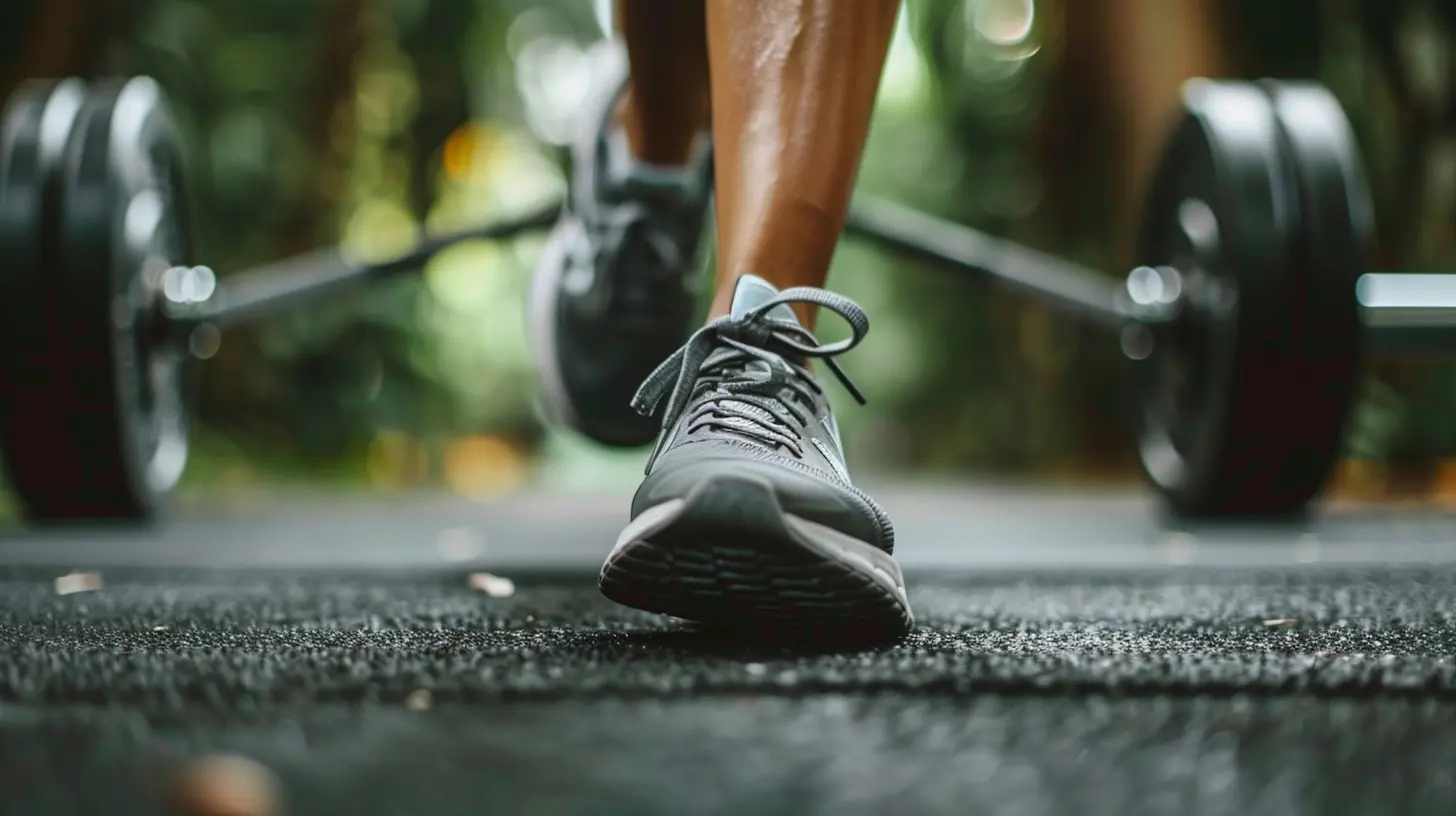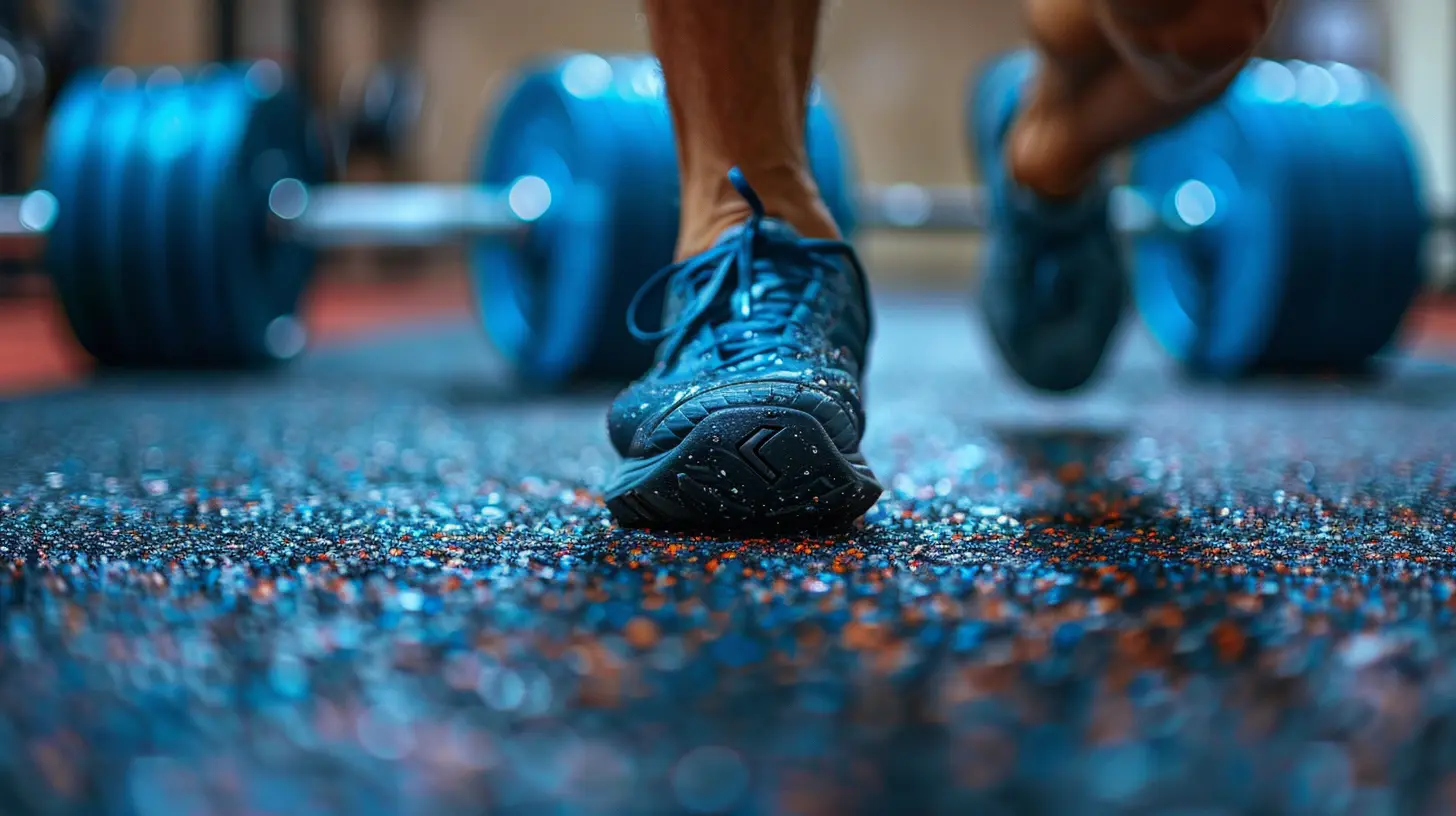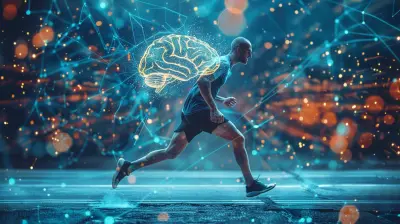Can Exercise Help Balance Hormones? Best Workouts for Hormonal Stability
9 June 2025
Let’s be honest—when we hear the word “hormones,” our first instinct is usually to blame them for our mood swings, random cravings, or the fact that we just cried over a dog commercial. But the truth is, hormones are the unsung heroes of our bodies, managing everything from metabolism to stress levels.
Now, here’s the million-dollar question: Can exercise actually help balance hormones? In short—heck yes! But before you grab your sneakers and start sprinting like you're in a movie montage, let’s dive into how workouts affect hormonal stability and which ones are best for keeping those little chemical messengers in check.

How Exercise Affects Hormones
Our bodies are basically a giant, complex chemistry lab where hormones act like messengers delivering VIP instructions. Exercise plays a massive role in keeping this hormonal party well-organized. Here’s how:1. Lowers Cortisol aka the "Stress Hormone"
Ever had one of those why-is-everything-falling-apart kind of days? That’s cortisol working overtime. While a little stress is normal, chronic stress leads to cortisol overload, which can wreak havoc on your weight, sleep, and mood.The good news? Physical activity helps regulate cortisol levels. Moderate exercise lowers stress and boosts endorphins—your brain's natural happy pills. But don’t go overboard! Over-exercising can actually spike cortisol, making you feel even more frazzled. Balance is key.
2. Boosts Endorphins (The “Happy Hormones”)
Ever heard of the infamous “runner’s high”? That’s endorphins at work! These magical little mood-boosters reduce pain and trigger positive vibes, helping you battle stress, anxiety, and the occasional existential crisis.Activities like running, dancing, or even laughing too hard at a workout meme can spike your endorphin levels, leaving you feeling like a stress-free superhero.
3. Regulates Insulin for Better Blood Sugar Control
Insulin is like your body’s accountant, managing blood sugar and energy storage. But when insulin goes rogue (thanks to poor diet and lack of exercise), it can lead to insulin resistance, weight gain, and type 2 diabetes.Strength training and high-intensity interval workouts (HIIT) improve insulin sensitivity, helping your body use glucose properly. Better insulin control means fewer energy crashes and sugar cravings.
4. Balances Sex Hormones (Estrogen & Testosterone)
Ladies, ever noticed how your cycle affects your mood, energy, and even sense of hunger? That’s estrogen doing its thing. And fellas, testosterone levels impact muscle mass, mood, and even motivation.Regular exercise, especially resistance training, helps balance estrogen and testosterone. Strength training increases testosterone levels (yes, even in women, but in a good way), while cardio workouts help regulate estrogen.
5. Supports Thyroid Function
Your thyroid is like the thermostat for your metabolism. If it's sluggish, you feel tired, cold, and struggle with weight gain. The right exercises—like moderate cardio and strength training—can help keep your thyroid functioning properly, which in turn keeps your metabolism humming.
Best Workouts for Hormonal Stability
Now that we’ve established that workouts hold a VIP pass to hormonal balance, let’s talk about the best ones. Spoiler alert: It’s not just about hitting the treadmill for hours.1. Strength Training – The Hormone Whisperer
Lifting weights isn't just for bodybuilders flexing in the mirror. Strength training helps regulate insulin, boost testosterone naturally, and balance estrogen levels.Try:
- Squats (great for metabolism and lower body strength)
- Deadlifts (activate multiple muscle groups + balance hormones)
- Push-ups (who needs fancy equipment?)
Just 2-3 sessions a week can do wonders for your hormone health.
2. HIIT (High-Intensity Interval Training) – The Fast Fix
HIIT is like giving your metabolism a triple shot of espresso (minus the jitters). It improves insulin sensitivity, reduces cortisol, and increases growth hormone, which helps with fat loss and muscle gain.Try:
- 30-second sprint + 30-second walk (repeat for 10-15 minutes)
- Jump squats + burpees + kettlebell swings (repeat in circuits)
HIIT is short, sweet, and incredibly effective for keeping hormones balanced.
3. Yoga – The Zen Master of Hormonal Balance
Sometimes, the best way to balance hormones is to slow down. Yoga helps reduce cortisol levels and supports the thyroid and adrenal glands, which are crucial for managing stress and metabolism.Try:
- Child’s pose (relieves stress)
- Cat-cow stretches (stimulates thyroid function)
- Restorative poses (great for hormonal detox)
A few yoga sessions each week can work wonders, especially for those battling stress-related hormone issues.
4. Walking – The Underrated Hero
Think walking is too chill to make a difference? Think again! A daily brisk walk helps lower stress hormones, regulate insulin, and improve overall well-being without putting excessive strain on your body.Try:
- A 30-minute walk after meals to regulate blood sugar
- A morning walk to kickstart your metabolism
It’s simple, effective, and doesn’t require a gym membership.
5. Dancing – The Fun Way to Stabilize Hormones
If the idea of hitting the gym makes you groan, dancing might just be your match. It’s a full-body workout that boosts endorphins, reduces stress, and improves coordination—all while making you feel like a star in your own music video.Try:
- Zumba
- Hip-hop cardio
- Even dancing around your house counts! 
Bonus Tips for Hormonal Harmony
Although exercise is a powerhouse for hormonal balance, don’t forget these extra tips for keeping everything in check:✔ Prioritize Sleep: Your body heals and balances hormones while you snooze. Aim for 7-9 hours.
✔ Eat Hormone-Friendly Foods: Load up on healthy fats (avocados, nuts), protein, and fiber to keep hormones happy.
✔ Hydrate Like a Boss: Water helps flush out toxins and supports overall hormone function.
✔ Reduce Toxins: Avoid processed foods, limit alcohol, and watch out for hormone-disrupting chemicals in everyday products.
✔ Manage Stress: Deep breathing, meditation, or even watching funny cat videos can help keep cortisol levels in check. 
Final Thoughts
So, can exercise help balance hormones? Absolutely! Whether it’s lifting weights, dancing in your kitchen, or just taking a relaxing walk, movement is one of the best tools we have for keeping our hormones in harmony.The key is consistency and balance—too much exercise can stress your body out, while the right amount can help you feel energized, happy, and hormonally stable. So, go ahead—move your body, laugh at your sweat-drenched reflection, and give your hormones the workout they deserve!
all images in this post were generated using AI tools
Category:
Hormonal BalanceAuthor:

Angelo McGillivray
Discussion
rate this article
3 comments
Iliana McEvoy
Who knew breaking a sweat could be the key to hormonal harmony? Let's lift those weights and our spirits—goodbye mood swings, hello zen! 💪✨
June 21, 2025 at 3:39 AM

Angelo McGillivray
Absolutely! Exercise is a powerful tool for hormone balance and can boost both mood and well-being. Let's keep lifting! 💪✨
Danica McMahan
Exercise plays a crucial role in hormone regulation. Engaging in regular physical activity can enhance hormonal balance, improve mood, and promote overall health. Prioritize strength training and aerobic workouts for optimal results.
June 11, 2025 at 4:56 AM

Angelo McGillivray
Thank you for highlighting the importance of exercise in hormone regulation! Indeed, regular physical activity, especially strength training and aerobic workouts, is key to achieving hormonal balance and enhancing overall well-being.
Valerie Campbell
Thank you for this insightful article! It’s inspiring to see how exercise can positively impact hormonal balance. I’m excited to incorporate these workouts into my routine for better health.
June 9, 2025 at 2:58 AM

Angelo McGillivray
Thank you for your kind words! I'm glad you found the article helpful and inspiring. Wishing you great success with your workouts!



